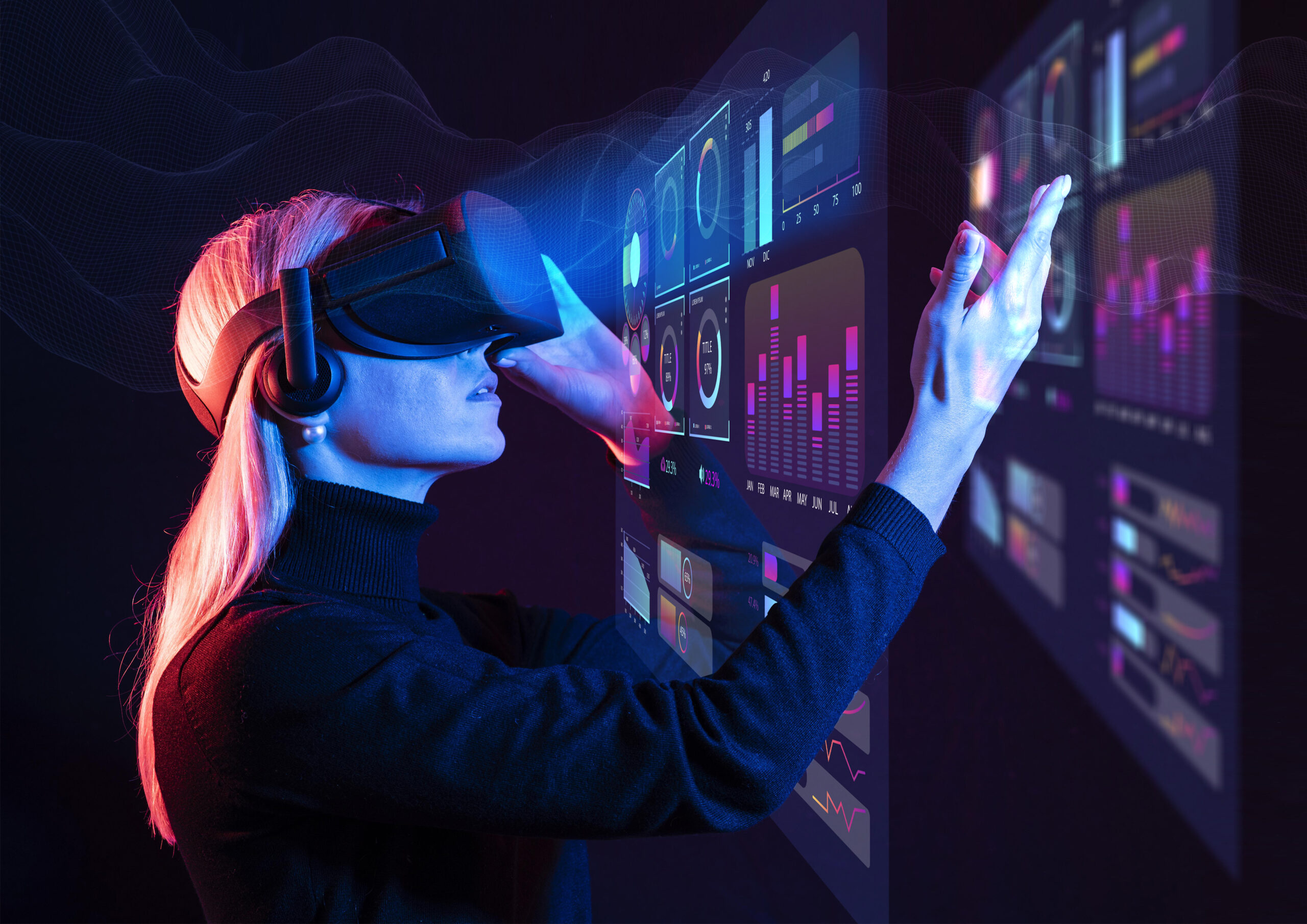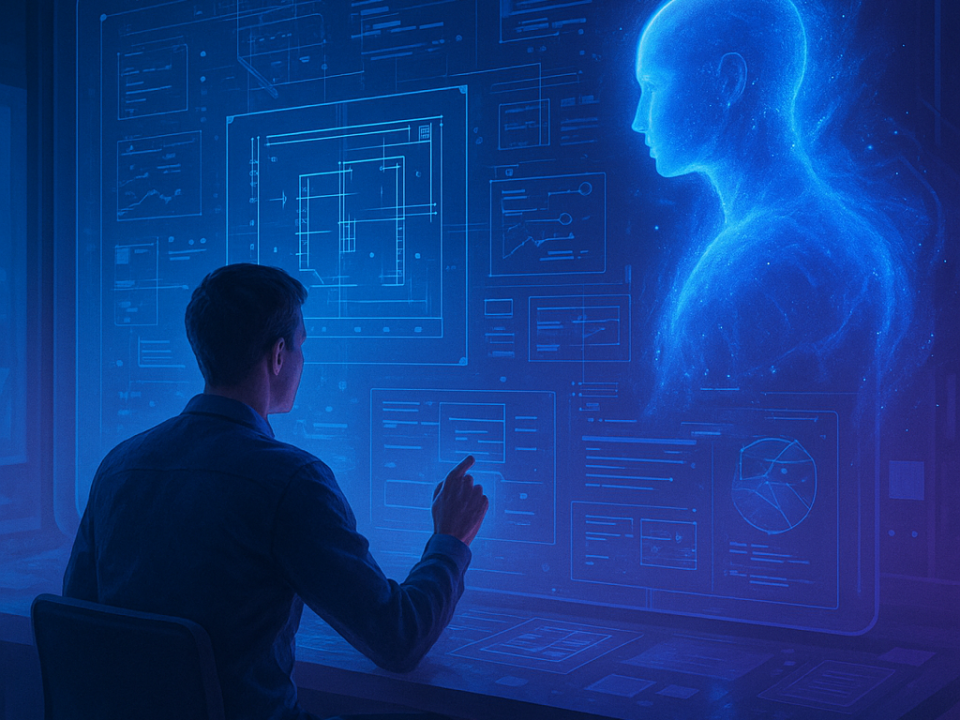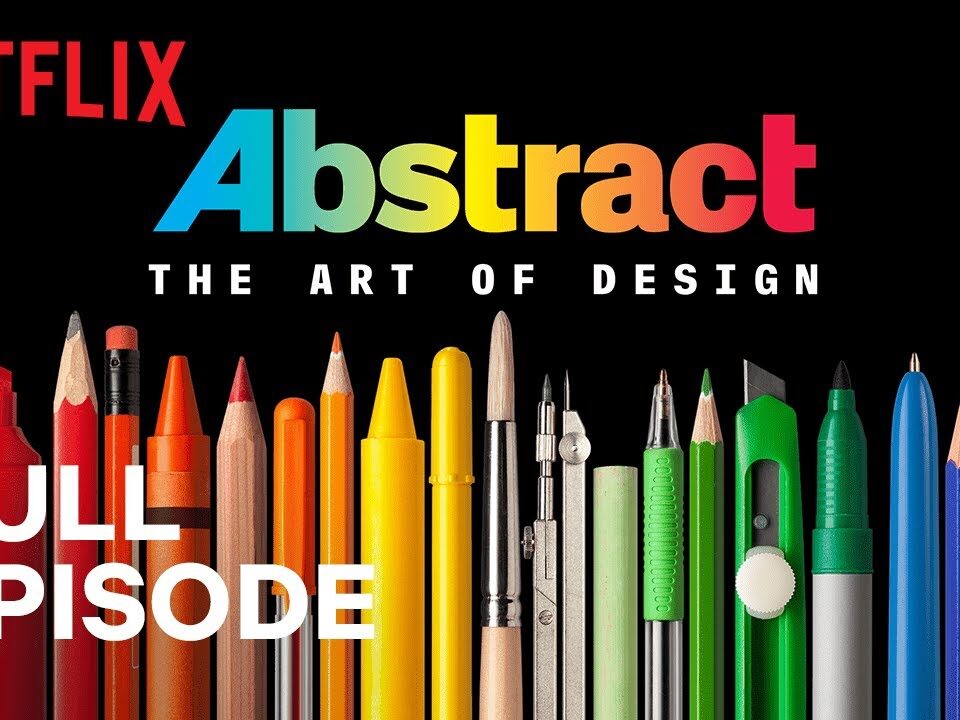
The arrival of Web 3.0 brought with it a series of technological innovations and transformations that are revolutionizing the way we interact with the internet. One of the areas that has benefited immensely from this evolution is design, which now finds in artificial intelligence (AI) a powerful ally to create smarter, more personalized and engaging digital experiences. In this article, we’ll explore the intersection of design and AI in the Web 3.0 era, discussing the exciting advances and possibilities that arise from this union.
Design in Web 3.0
Web 3.0, also known as the Semantic Web, is characterized by a more intelligent online environment, in which data is structured and interconnected, allowing machines to understand content and offer more relevant information to users. In the context of design, this means that digital interfaces can become more adaptable, intuitive and responsive to user needs.
AI as a design tool
Artificial intelligence has the potential to drive design forward in many ways. Machine learning algorithms can analyze large volumes of data and identify hidden patterns, helping designers generate valuable insights into user behavior. Based on these insights, you can create more user-friendly interfaces, optimize workflows and customize experiences according to individual preferences.
A practical example of using AI in design is the automatic generation of layouts and designs. AI algorithms can create initial proposals based on predefined requirements and constraints, saving designers time and effort. In addition, AI can help in choosing the most suitable colors, typography and visual elements, taking into account factors such as readability, contrast and aesthetics.
Personalization and smart recommendation
With AI, you can deliver highly personalized user experiences. Through the analysis of behavioral data and individual preferences, the systems can adapt interfaces and content according to the needs of each user. This results in more relevant interactions, increasing user engagement and satisfaction.
Furthermore, AI can be used to provide intelligent recommendations. Based on browsing history, previous purchases or previous user interactions, recommendation algorithms can suggest relevant content, products or services, increasing the chances of conversion and loyalty.
Challenges and ethical considerations
While the marriage of design and AI brings countless opportunities, it’s also important to address the challenges and ethical considerations involved. It is essential to ensure the transparency and explainability of the algorithms used, so that users understand how their information is being used and have control over their data. In addition, issues such as algorithmic bias and privacy must be carefully considered to prevent discrimination and protect users’ safety.
Conclusion
Design in the Web 3.0 era is being driven by artificial intelligence, enabling the creation of smarter, more adaptable and personalized digital experiences. With the ability to analyze data, automate tasks and offer intelligent recommendations, AI has become a powerful tool for designers. However, it is important to address ethical challenges and ensure that AI is used responsibly, putting users at the center of the design process. With a thoughtful approach, the marriage of design and AI in the Web 3.0 era promises to bring significant advances and even more engaging and relevant digital experiences.



